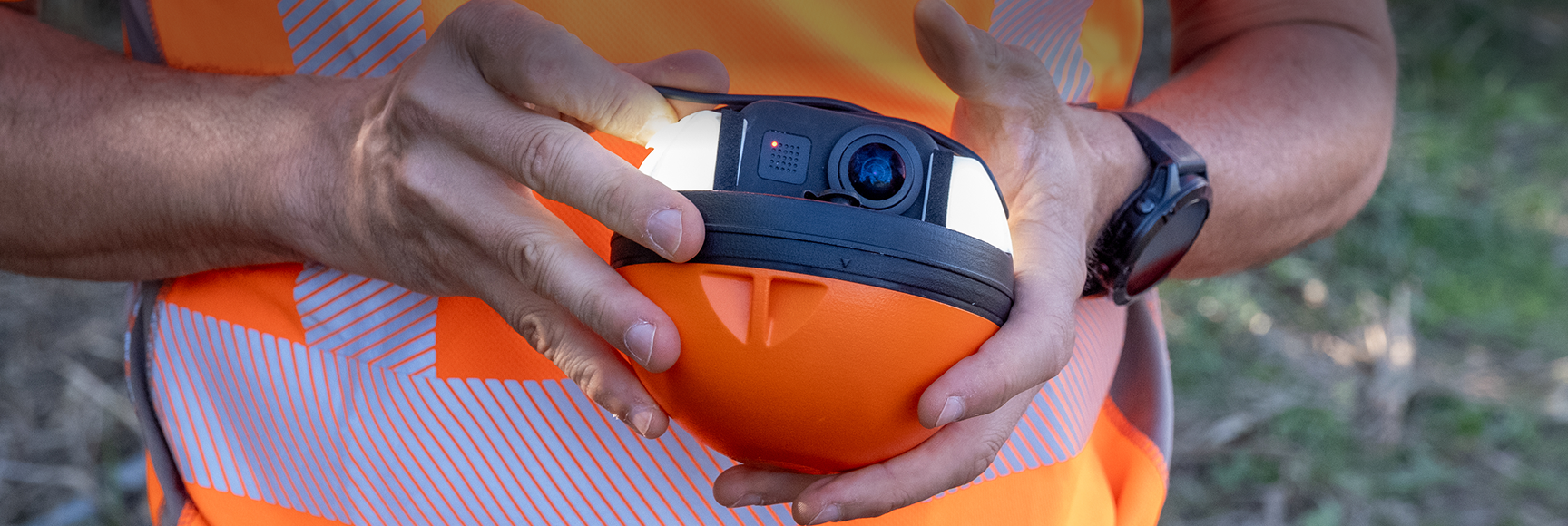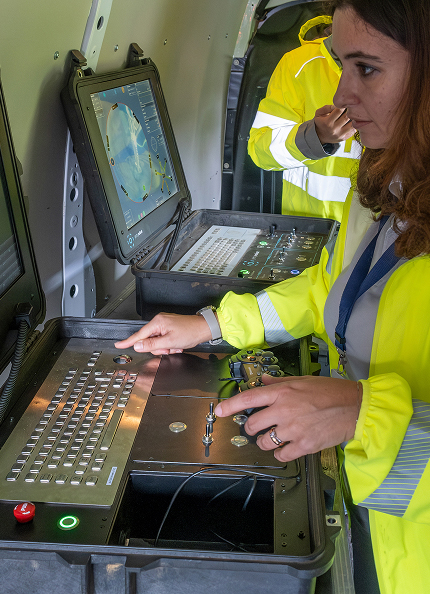
The "Robotics for Water" project aims to incorpore robotic technologies in the water sector.


We embarked on a path of technological innovation and robotics to improve the sustainability and efficiency of water resource management. We integrate advanced solutions to optimise interventions and reduce environmental impact, focusing on three main areas:
Infrastructure Inspection and Monitoring
The use of advanced sensors to collect detailed data on the status of the water networks, enabling timely and targeted interventions.
Maintenance and Repair of Pipes
The use of robots to carry out maintenance and repair operations inside the pipes, reducing the need for invasive excavations and minimising disruption to the local community.
Construction Support
The implementation of robots for excavation activities and material handling, which increases safety and efficiency on construction sites. A concrete example is the "sewerball", a sensor-equipped sphere introduced into the sewer system to monitor chemical and physical parameters, improving the management and maintenance of infrastructure.

Through devices installed in the networks, such as meters and sensors, a large amount of data is collected. The collected information is trasmitted to artificial intelligence models - such as predictive models - which analyse and process it. These analyses make it possible to use available resources in a more targeted and efficient way, thus improving the overall management of the system.